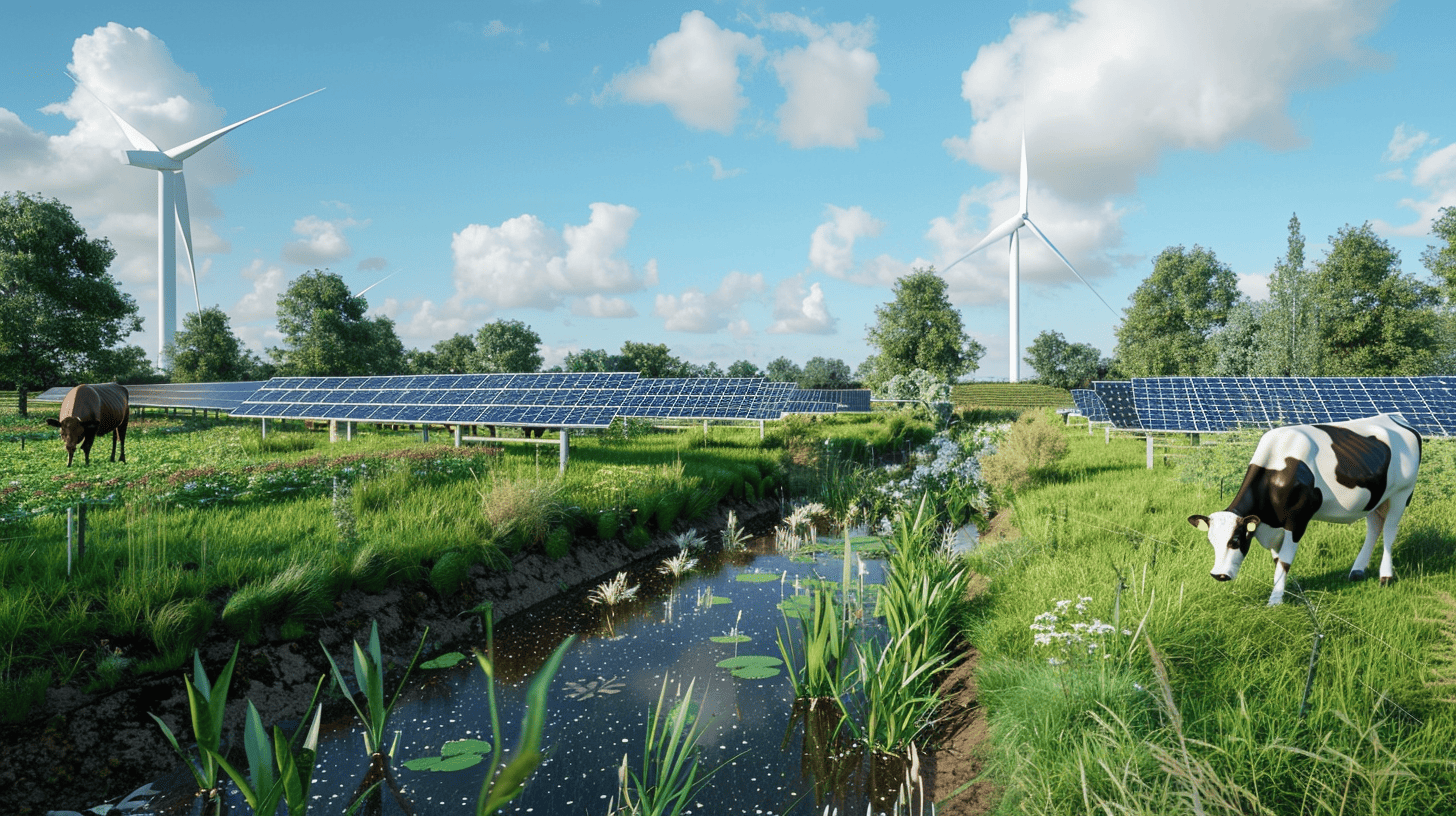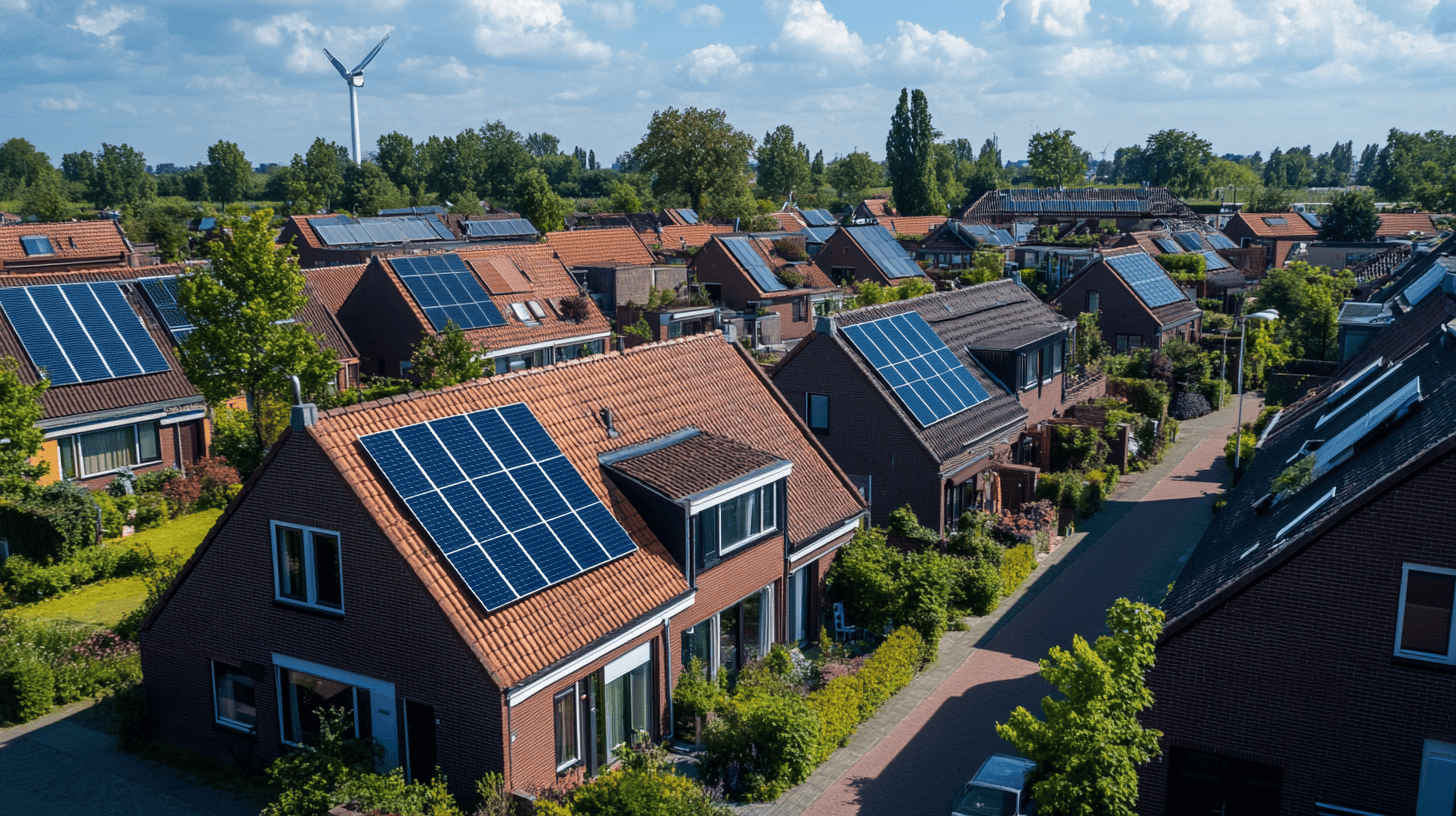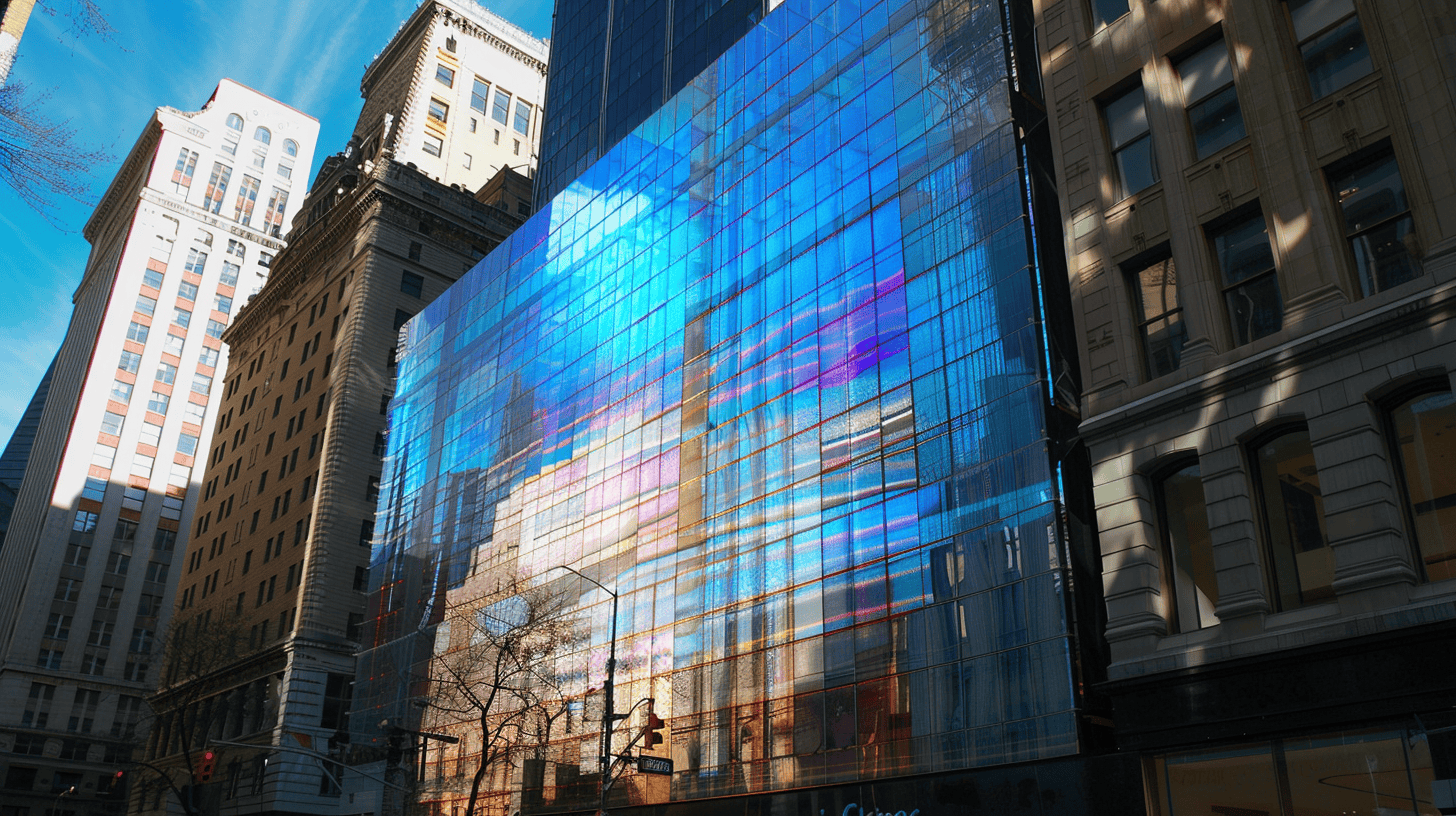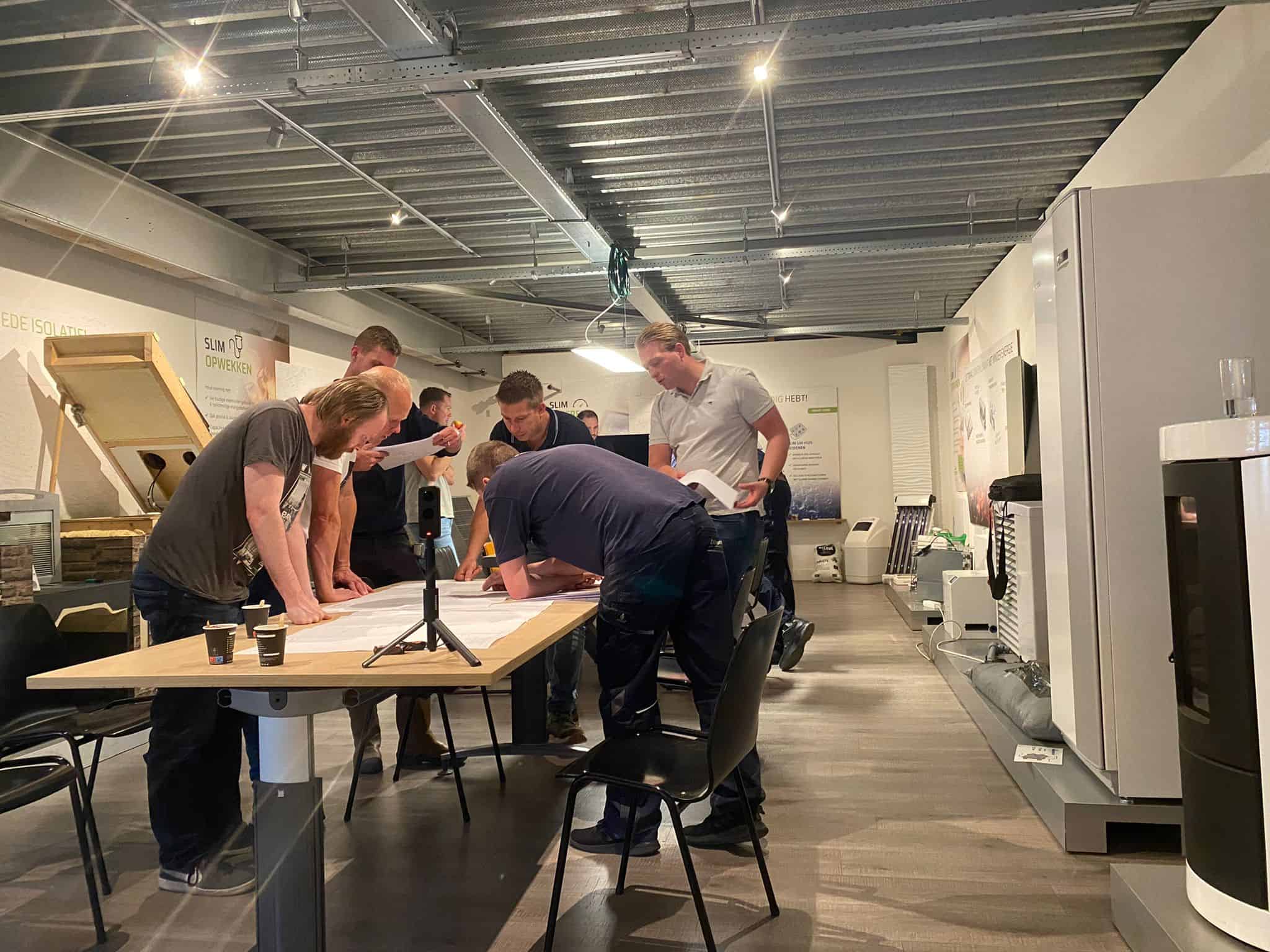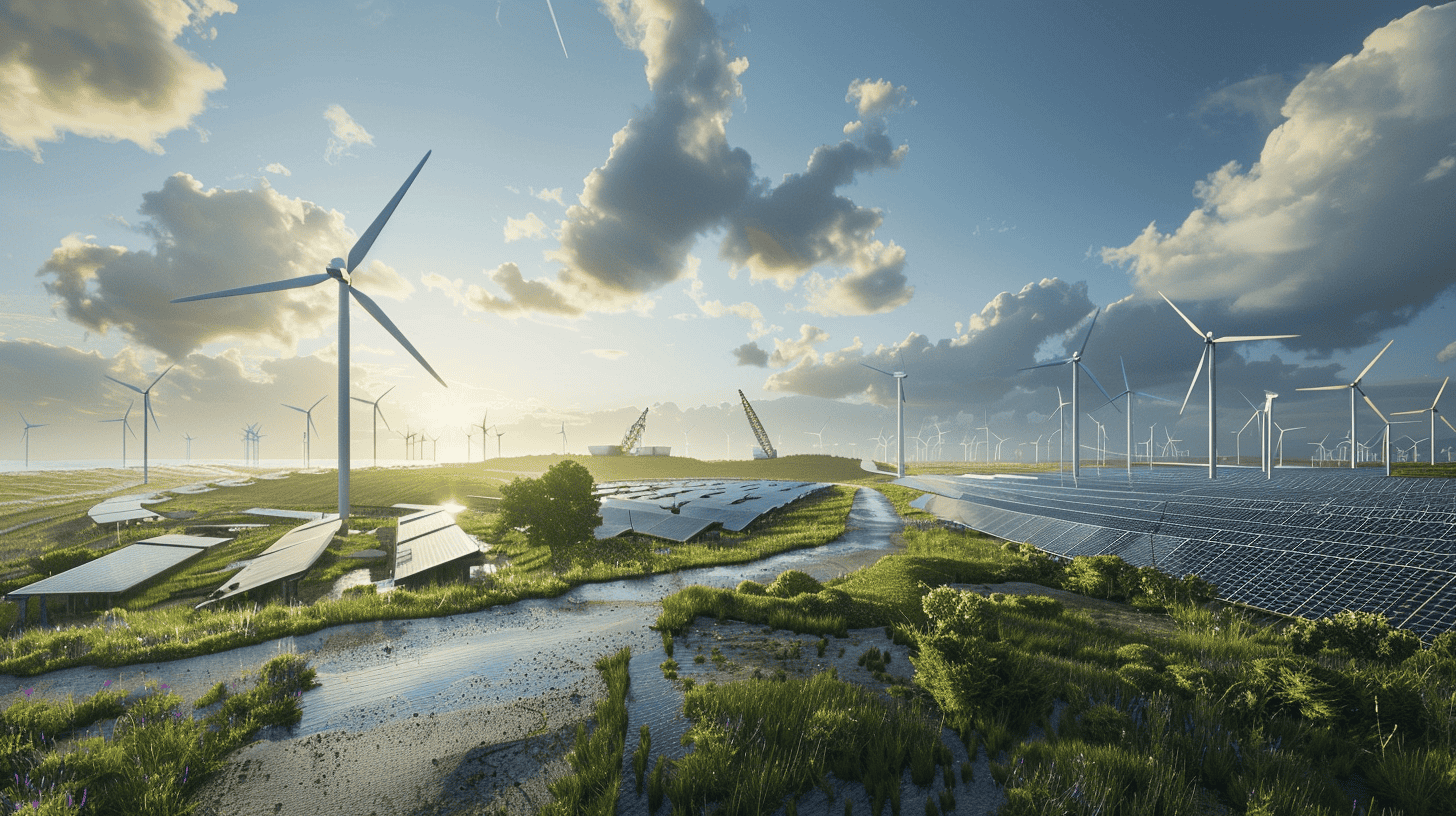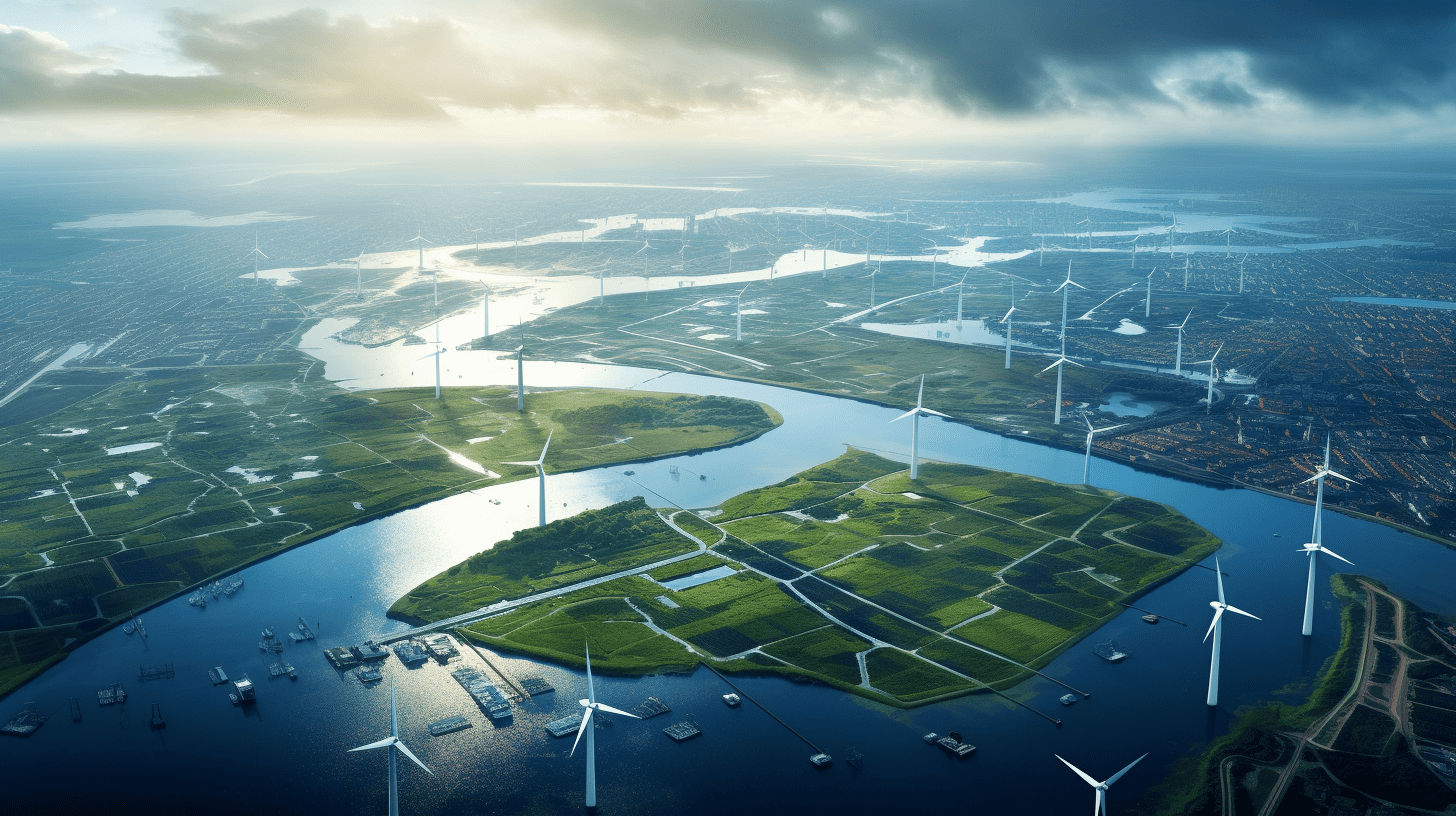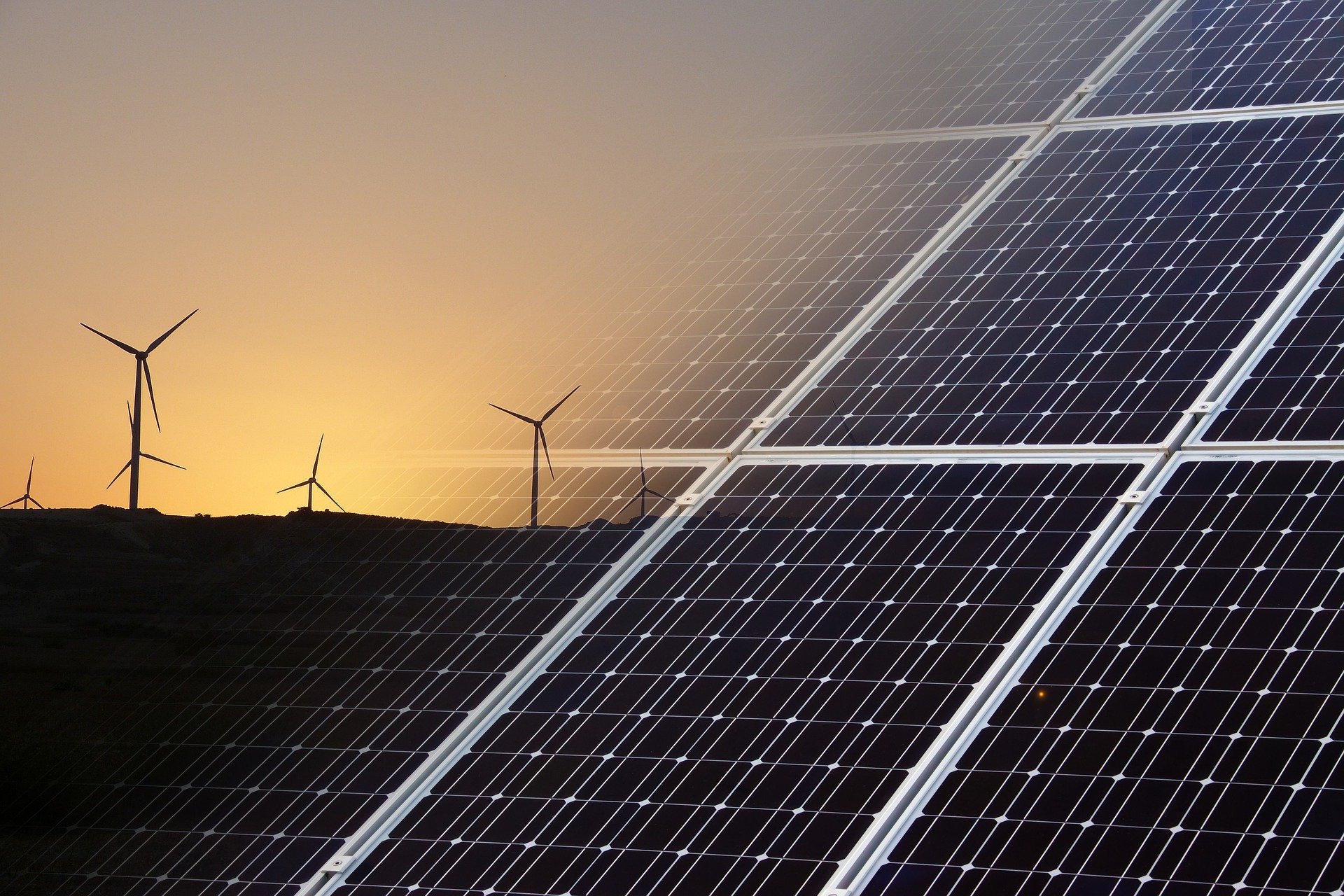
In order to have a CO2-neutral society and economy by 2050, we’re in the process of switching to sustainable energy. It sounds logical; solar panels on the roof and an electric car outside the front door. But in order to keep all of society running with sustainable energy, we need more robust instruments. Large-scale solar and wind farms are making their appearance on the Dutch landscape. The National Regional Energy Strategies (RES), which are being developed in the thirty energy regions in the Netherlands, is mainly focusing on a substantial increase in solar power. Based on the RES concept, the ratio between wind and solar energy will change considerably: around 80 % from solar to 20 % from wind. This means an even higher peak load on the Dutch electricity grid on sunny days.
“Wind and sun are the most important sources of renewable energy in the Netherlands,” says Wilfried van Sark, Professor of Integration of Solar Energy at Utrecht University. “It seems that people opt for solar parks faster than wind turbines as solar panels are less of a nuisance. Turbines are large and can make a lot of noise. Besides all that, constructing a solar farm is faster and easier than a wind farm”.
Still, a combination of wind and solar energy would be better, Van Sark states. The latter is also endorsed by Edwin Edelenbos, a strategy manager at Netbeheer Nederland (Dutch Transmission System Operators). “Solar panels produce approximately 1,000 hours of optimal energy in the Netherlands on an annual basis. Wind turbines operate approximately 3,000 hours per year. So, for the same amount of sustainable electricity, you need three times as much grid capacity for solar power as you do for wind power,” he explains.
Shoring up grid capacity is expensive and time-consuming
That’s where things go wrong. “The peaks of sustainable production are often at different times and places than where there’s demand. That’s why energy is transported via the electricity grid to users further down the road. This means that the Netherlands needs far more powerful grids,” Edelenbos continues. The grid managers are working hard on that. “Shoring up grid capacity is desperately needed for the energy transition. Clearly, the Netherlands will have to invest in this. But we should do this as efficiently as possible. After all, expanding the grid costs time, space, and money. In addition to cables, medium and high-voltage areas and substations also need to be extended or completely rebuilt. These spaces will soon be several football pitches in size,” he adds.
“Licensing procedures in our country also take quite a long time on average. That’s why you should only carry out useful grid extensions. The taxpayer ultimately pays for it and the available space is scarce.” According to Edelenbos, that’s why it is important to consider what the total energy system in the Netherlands ought to look like. There are alternatives to grid extensions. Technological innovations that store electricity in batteries or hydrogen, for instance. Energy storage is crucial because sustainable energy sources are weather-dependent.
He believes that, in addition to energy generation, more attention should also be paid to energy conservation and efficiency. “Producing sustainable energy is one thing, the next step is to do it at the right time and in the right place. I think we need to look at ways and means of encouraging electricity to be used in places where it’s being generated.” It subsequently no longer needs to be transported via the grid.
Roof versus land
Professor Van Sark believes this is also possible in built-up areas. “There’s still a lot of empty roofs,” he says. Although installing large areas of solar panels in the city is more difficult than in the countryside. “Everyone is responsible for their own roof. Consequently, more people are involved in a project in the city than when an investor buys a piece of land and puts solar panels on it,” Van Sark adds. The professor points out that in the future there will also be opportunities to store energy around the home, or in the neighborhood. He sees batteries as a potential solution. “These are still too expensive at present, but so were solar panels ten years ago. Since production is on the rise and the technology is still developing, I expect the price to go down too.”
Some experiments with batteries are also taking place on a local level, according to the professor. “The solar energy that someone has left over could be used by a neighbor. Although it’s a lot of work to arrange who pays what exactly,” Van Sark says. “Parties could also supply energy to, for example, charging stations for electric cars. They could then sell solar energy in the summer and buy back wind energy in the winter.” In the future there could also be companies whose main business would be the installation and management of these types of batteries, he thinks. “Then they’d actually be a kind of supplementary energy supplier.”
Hydrogen as an energy carrier
Van Sark sees batteries as temporary storage options for solar parks in the future as well. “The peak in energy can then be stored in the battery for a while. This way it can be gradually fed into the grid.” Edelenbos also sees other possibilities: “Batteries are becoming cheaper and the advent of electric mobility offers many opportunities in terms of flexibility.” This does not alter the fact that battery storage is especially suitable for the short term. We also need long-term flexibility, for one thing, so as to be able to cover the seasons. That is why there is so much interest in hydrogen. Sustainable hydrogen can be produced with wind and sun and stored securely for extended periods of time.”
Edelenbos indicates that it is precisely this overlap between electricity, hydrogen, and heat that is so interesting. “Previously these were two separate entities, but now they are converging more and more. Then we are talking about system integration with a combination of energy sources. The best form of sustainable energy can vary from region to region. That’s what makes the transition so interesting. The interplay of all forms of energy will eventually lead to an optimal result.” And as Van Sark sees it, we have to start seeing that sustainable outcome as ‘normal.’ “The fact that we generate electricity sustainably must become just as normal as the fact that electricity just comes out of a wall socket.”



